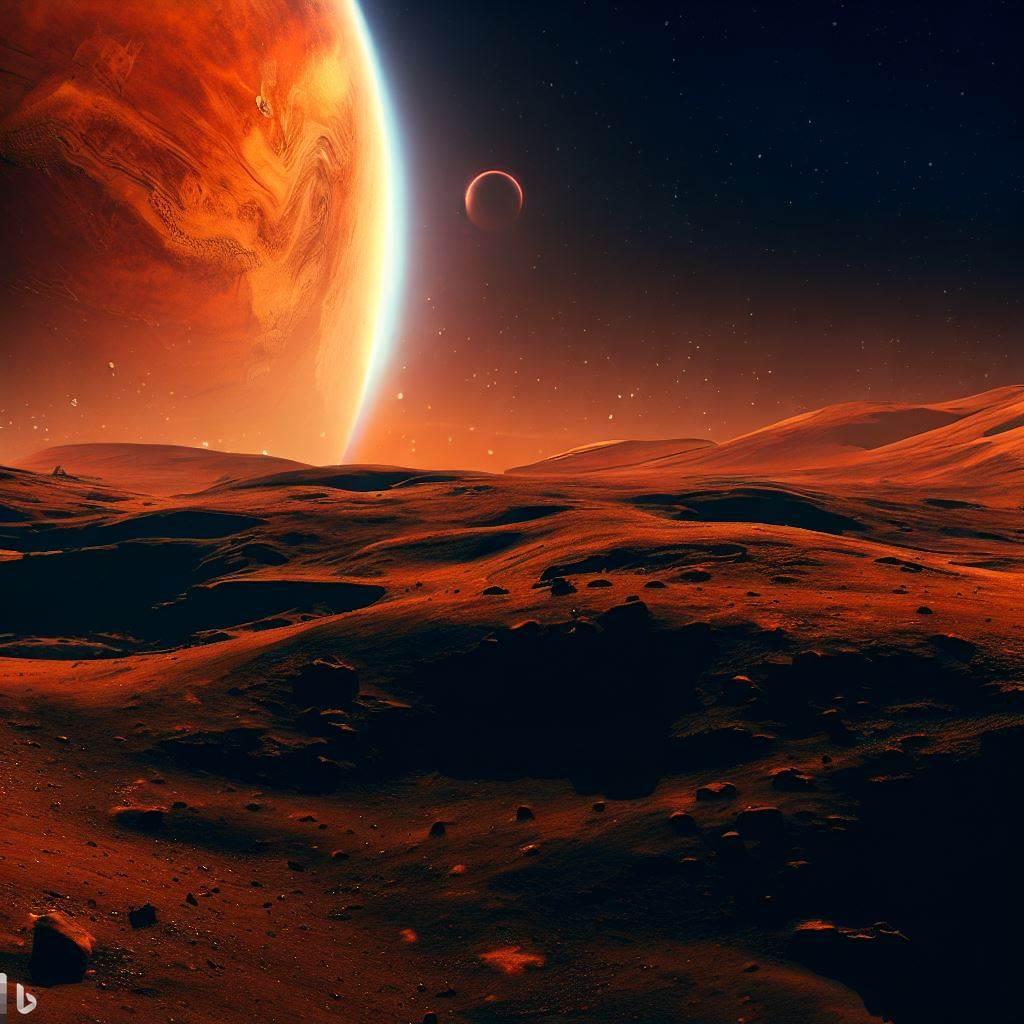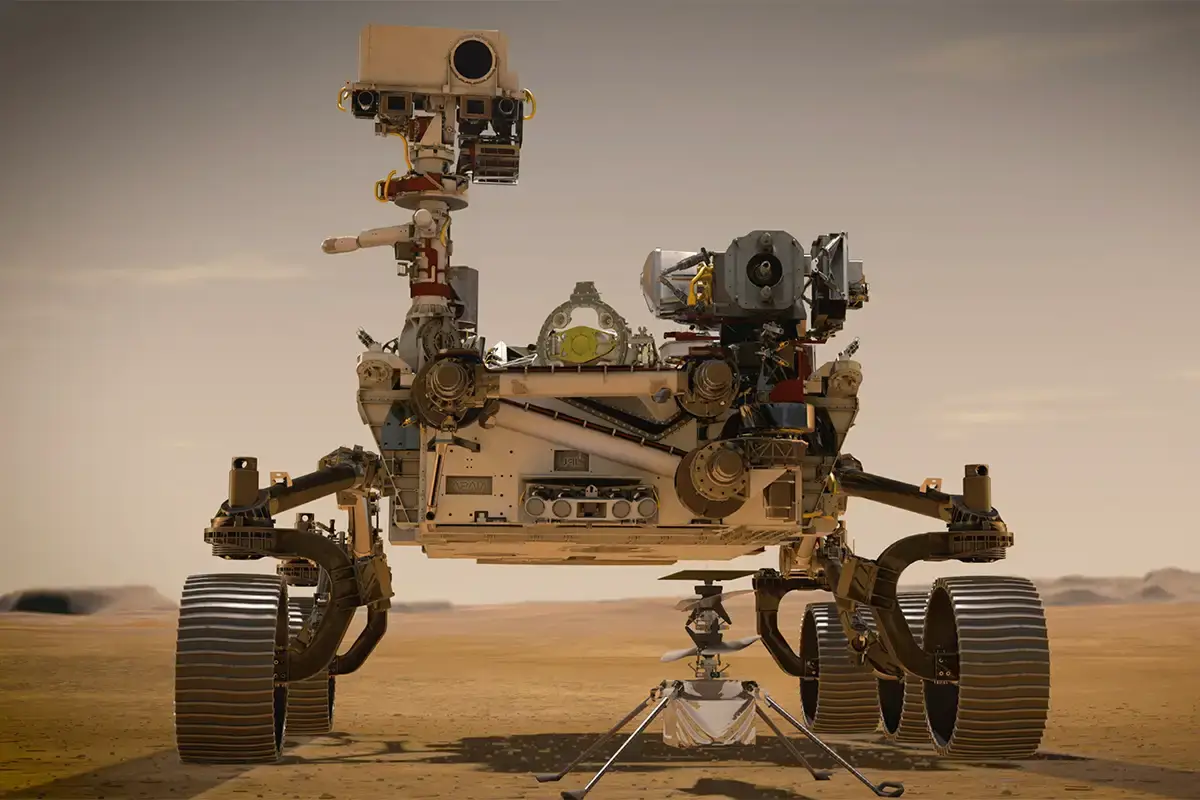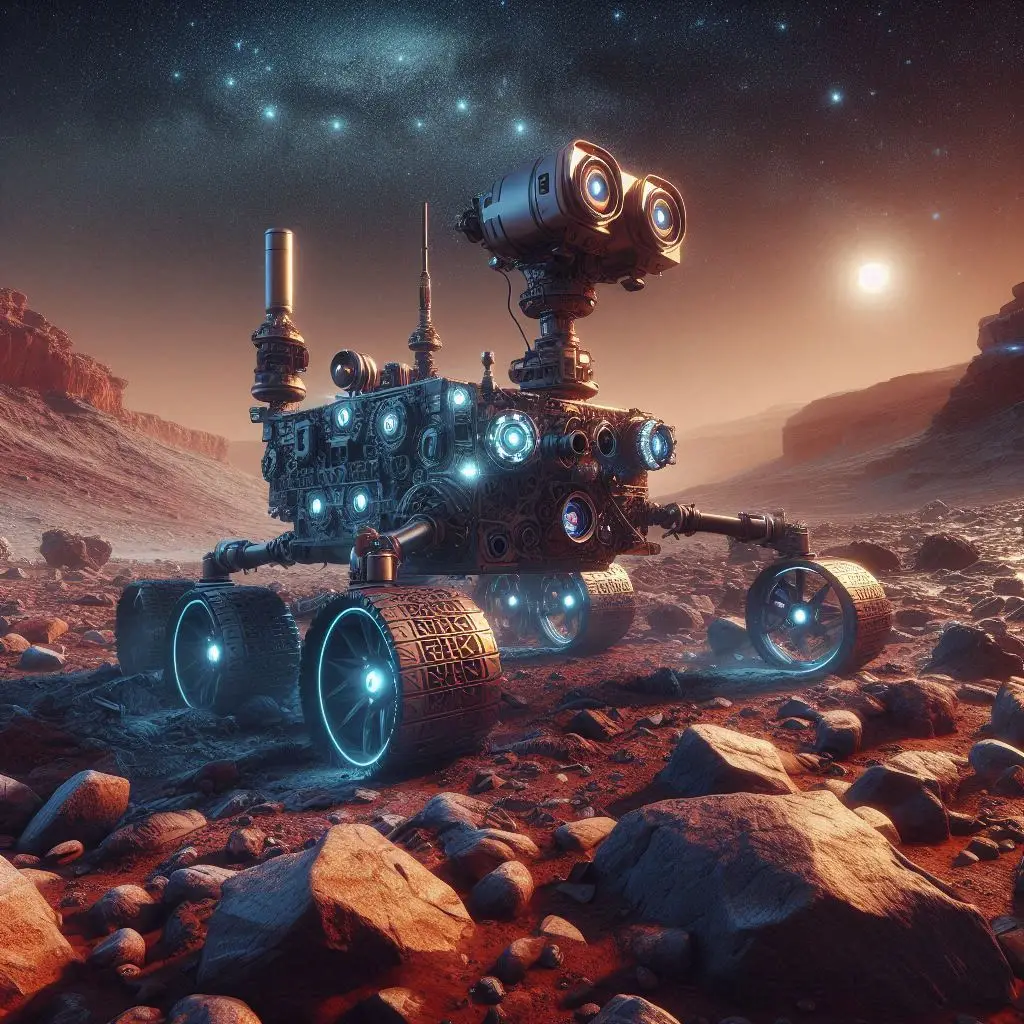NASA's Mars Odyssey orbiter is set to achieve a remarkable milestone on June 30, completing its 100,000th orbit around Mars since its launch 23 years ago. This enduring spacecraft has been a pivotal asset in NASA's exploration of the Red Planet, contributing invaluable data and breathtaking images that continue to expand our understanding of Mars.
One of the recent highlights from Odyssey's mission is a striking image of Olympus Mons, the largest volcano in the solar system. Captured on March 11, this image provides a sweeping panorama akin to the view astronauts aboard the International Space Station have of Earth. Spanning an impressive 373 miles in diameter at its base and towering 17 miles high, Olympus Mons is a geological marvel that Odyssey has now immortalized in unprecedented detail.
The orbiter's capability to take horizon-wide images is made possible by its Thermal Emission Imaging System (THEMIS), designed and operated by Arizona State University. Originally conceived as an experimental approach during NASA's Phoenix and Curiosity missions, this technique has since become a vital tool for studying Martian weather patterns, including clouds and dust dynamics across different seasons.
Beyond its imaging prowess, Odyssey plays a crucial role in relaying data from Mars' surface to Earth, supporting various rover missions and aiding in the identification of potential landing sites for future explorations. This ongoing mission has been sustained through meticulous engineering and innovative practices, managing variables such as fuel efficiency, solar power fluctuations, and temperature regulation to ensure operational continuity.
Reflecting on Odyssey's longevity and scientific contributions, Joseph Hunt, the project manager at JPL, remarked, "It takes careful monitoring to keep a mission going this long while maintaining a historical timeline of scientific planning and execution — and innovative engineering practices."
Odyssey remains poised to deliver more groundbreaking discoveries as it continues its journey around Mars, reaffirming its status as NASA's longest-operating spacecraft dedicated to the exploration of another planet. As we celebrate its achievements and anticipate what lies ahead, Odyssey continues to inspire new generations of scientists and space enthusiasts alike with its enduring mission of exploration and discovery.
Conclusion
NASA's Mars Odyssey orbiter stands as a testament to human ingenuity and perseverance, pushing the boundaries of our knowledge about Mars and unlocking mysteries that have fascinated humanity for generations.









Add a Comment: